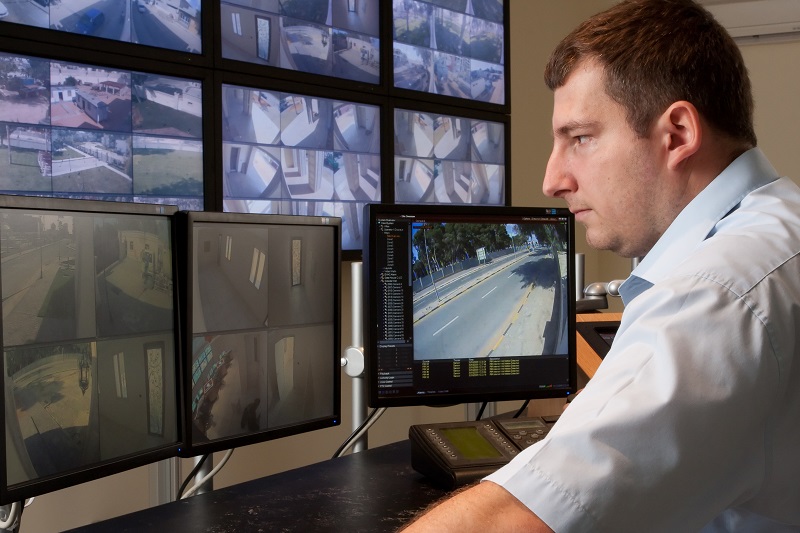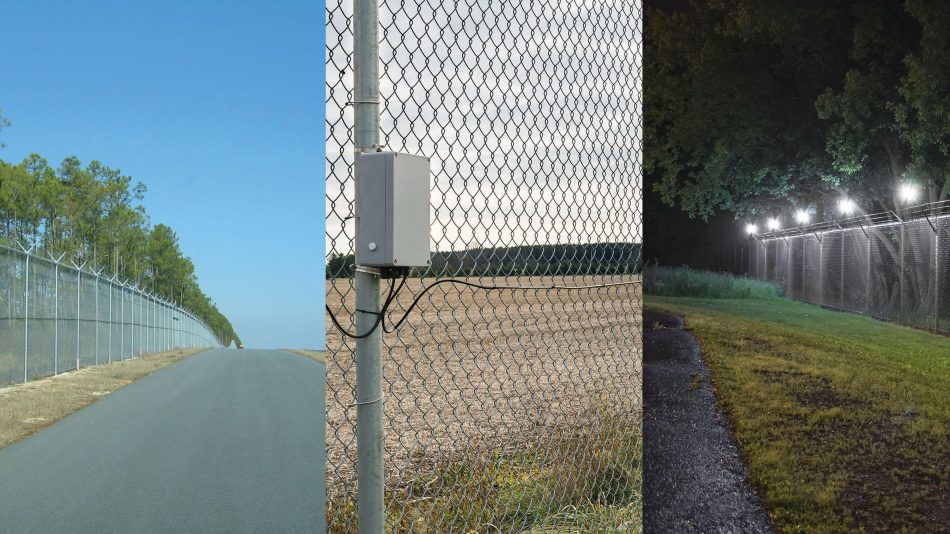Boost Your Safety With Advanced Fiber Optic Safety Systems
In a period where protection is paramount, advanced fiber optic security systems present a compelling solution for enhancing safety throughout numerous settings. What effects do these innovations hold for future protection actions?
Advantages of Fiber Optic Safety
Taking advantage of the benefits of fiber optic innovation substantially enhances safety and security systems throughout various applications. Among the key advantages is the boosted bandwidth capacity, allowing for the transmission of huge amounts of information at high rates. This is especially important for real-time video monitoring, where high-resolution feeds can be sent without latency, guaranteeing prompt feedback abilities.
Additionally, optical fiber show superior resistance to electro-magnetic interference, which is vital in settings with prospective signal interruptions. This reliability makes certain constant efficiency in vital safety and security operations. Fiber optic cable televisions are much less prone to touching and unauthorized accessibility compared to typical copper wiring, therefore enhancing information honesty and privacy.
An additional notable benefit is the resilience of fiber optic systems; they are a lot more resistant to environmental aspects such as moisture, temperature variations, and corrosive substances. This durability converts to lower maintenance expenses and longer life-spans for security setups.
Finally, the lightweight nature of fiber optic cords promotes simpler installation and transmitting, particularly in complex facilities (fiber optic security system). Eventually, the assimilation of fiber optic technology into safety systems not just strengthens defense measures but also enhances operational effectiveness
Secret Attributes to Take Into Consideration
When evaluating fiber optic security systems, several key features need to be thought about to make sure optimum efficiency and efficiency. Examine the system's discovery variety and sensitivity; an extensive range enables for keeping track of large locations, while high level of sensitivity guarantees that even small disturbances are spotted promptly.
Following, think about the integration capabilities of the system. A fiber optic protection system must perfectly user interface with existing safety steps such as cameras and alarm systems, producing a natural safety network.
Sturdiness and environmental resistance are additionally crucial features. Make sure that the system is designed to hold up against extreme weather and potential physical dangers, as this will extend its operational life expectancy.

Lastly, check into the scalability of the system. A robust fiber optic security system need to be quickly expanding to fit future needs without considerable overhauls. By thoroughly taking into consideration these functions, you can select a fiber optic safety solution that improves safety and protection in your environment.
Installment Process Introduction
To efficiently apply a fiber optic safety system, a methodical installment process is crucial. This procedure begins with a thorough site analysis to identify the certain security requirements and to recognize optimal places for fiber optic wires and safety and security gadgets. Following this analysis, the installation team will certainly create a comprehensive strategy, consisting of cable pathways, needed tools, and conformity with local policies.
Following, the installment entails laying the fiber optic cables, ensuring they are secured from ecological factors and physical damage. Appropriate handling methods are essential, as fiber optic cables are sensitive and can be quickly damaged. After the cabling is look at here set up, ports and discontinuations are thoroughly finished to make certain signal integrity.
The succeeding stage contains installing protection gadgets such as cameras, activity detectors, and security system, all integrated with the fiber optic network. Strenuous screening is carried out to verify that all parts are working correctly and to make certain ideal performance.

Comparing Fiber Optic to Conventional Systems
The evolution of security modern technology has led to substantial innovations in the contrast between fiber optic systems and conventional copper-based systems. Fiber optic systems utilize light to send information, using exceptional bandwidth and rate compared to their copper counterparts. This causes boosted information transmission abilities, making fiber optics ideal for high-resolution video clip monitoring and real-time monitoring.
In addition, fiber optic cable televisions are immune to electro-magnetic interference, lowering the possibility of signal degradation brought on by external variables. This characteristic ensures regular performance, also in challenging atmospheres. In contrast, typical copper systems are much more at risk to interference, bring about prospective susceptabilities in safety and security applications.
Durability is one more benefit of fiber optic systems. They are much less susceptible to harm from environmental aspects such as moisture and temperature changes, which can compromise copper wiring. Fiber optics are lighter and thinner, permitting for simpler setup and lowered physical our website footprint.
Nevertheless, typical systems tend to have lower preliminary prices, making them attractive for budget-conscious projects. While fiber optic systems may need a greater upfront investment, their long-lasting benefits-- such as reduced upkeep prices and greater reliability-- typically surpass the go to this site first expenditure, positioning them as an exceptional option for contemporary safety demands.
Future Fads in Security Technology
Emerging trends in safety and security innovation are poised to transform the landscape of monitoring and risk detection - fiber optic security system. As organizations progressively deal with advanced risks, advancements such as man-made knowledge (AI) and artificial intelligence (ML) are ending up being important to safety systems. These innovations boost the ability of fiber optic systems by allowing real-time data evaluation, recognizing abnormalities, and automating actions to prospective breaches
In addition, the assimilation of the Web of Things (IoT) is revolutionizing security structures. IoT gadgets can offer comprehensive situational recognition and assist in seamless interaction in between different security parts. This interconnectedness enables for more reliable tracking and faster event feedback times.
Biometric verification is also obtaining momentum, providing a greater level of protection with unique physical features. As this innovation evolves, it is most likely to be incorporated right into fiber optic systems for enhanced accessibility control.
Final Thought
Finally, progressed fiber optic security systems stand for a significant innovation in safety and security technology. Their premium bandwidth, resistance to disturbance, and toughness facilitate trustworthy monitoring and information integrity. As these systems integrate AI and IoT capacities, they enhance the general protection framework, making certain robust security for properties. The transition from standard systems to fiber optic remedies reflects a growing fad in the direction of much more reliable and effective safety and security actions in an increasingly complicated technological landscape.